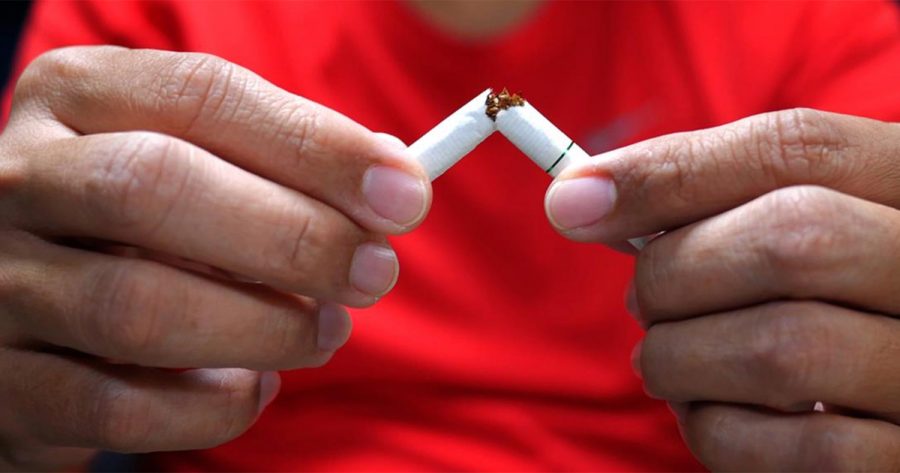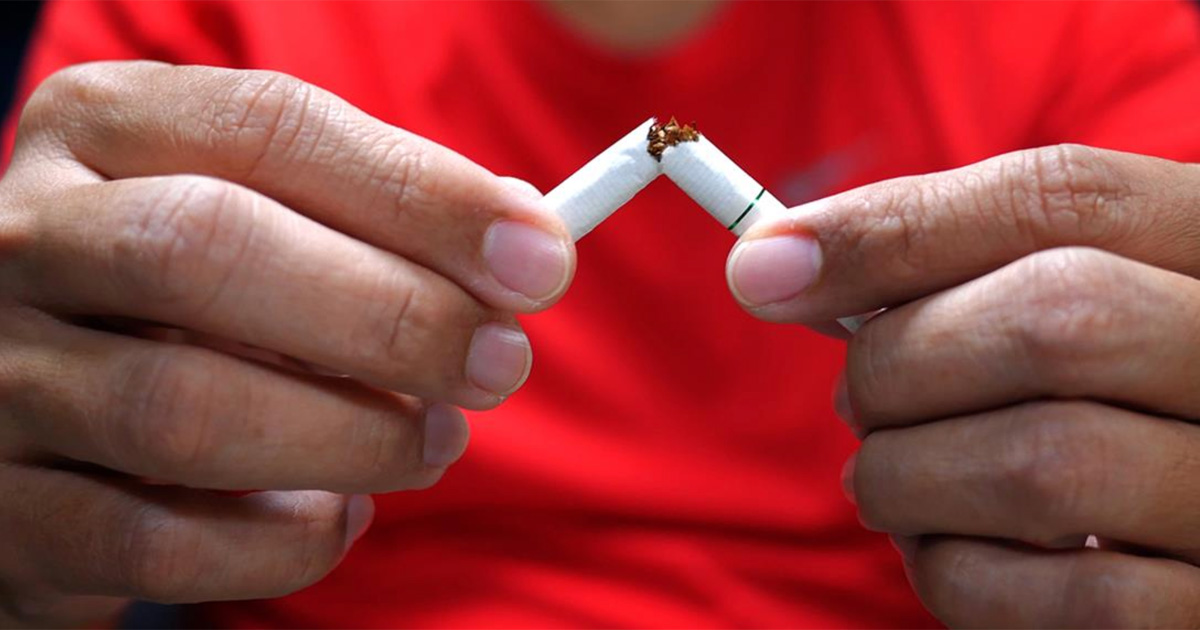
The Latest Facts on Smoking Cigarettes and COVID-19 from WHO
As South Africans grapple with a cigarette ban, it’s World No-Tobacco Day today – Sunday 31 May – and here are the latest insights on Tobacco and Covid-19 from the World Health Organisation (WHO). As tobacco kills up to half of its users, the WHO has released a global campaign #TobaccoExposed to debunk myths and […]

As South Africans grapple with a cigarette ban, it’s World No-Tobacco Day today – Sunday 31 May – and here are the latest insights on Tobacco and Covid-19 from the World Health Organisation (WHO).
As tobacco kills up to half of its users, the WHO has released a global campaign #TobaccoExposed to debunk myths and expose “devious tactics” used by cigarette industries (including that social media users and TV shows are paid to promote smoking, and that they’re targeting younger and younger users to replace the 8 million people per year that die from smoking).
“This is especially important right now as studies show that smokers have a higher risk for a severe case of coronavirus,” says the WHO.
Here are some common questions on smoking and coronavirus, with answers from the WHO:
As a smoker, is my risk of getting the COVID-19 virus higher than that of a non-smoker?
At the time of preparing this Q&A, there are no peer-reviewed studies that have evaluated the risk of SARS-CoV-2 infection associated with smoking. However, tobacco smokers (cigarettes, waterpipes, bidis, cigars, heated tobacco products) may be more vulnerable to contracting COVID-19, as the act of smoking involves contact of fingers (and possibly contaminated cigarettes) with the lips, which increases the possibility of transmission of viruses from hand to mouth. Smoking waterpipes, also known as shisha or hookah, often involves the sharing of mouth pieces and hoses, which could facilitate the transmission of the COVID-19 virus in communal and social settings.
As a smoker, am I likely to get more severe symptoms if infected?
Smoking any kind of tobacco reduces lung capacity and increases the risk of many respiratory infections and can increase the severity of respiratory diseases. COVID-19 is an infectious disease that primarily attacks the lungs. Smoking impairs lung function making it harder for the body to fight off coronaviruses and other respiratory diseases. Available research suggests that smokers are at higher risk of developing severe COVID-19 outcomes and death.
As a vaper, am I more likely to be infected or to have more severe symptoms if infected?
There is no evidence about the relationship between e-cigarette use and COVID-19. However, existing evidence indicates that electronic nicotine delivery systems (ENDS) and electronic non-nicotine delivery systems (ENNDS), more commonly referred to as e-cigarettes, are harmful and increase the risk of heart disease and lung disorders. Given that the COVID-19 virus affects the respiratory tract, the hand-to-mouth action of e-cigarette use may increase the risk of infection.
What about using smokeless tobacco, like chewing tobacco?
Using smokeless tobacco often involves some hand to mouth contact. Another risk associated with using smokeless tobacco products, like chewing tobacco, is that the virus can be spread when the user spits out the excess saliva produced during the chewing process.
What does WHO recommend for tobacco users?
Given the risks to health that tobacco use causes, WHO recommends quitting tobacco use. Quitting will help your lungs and heart to work better from the moment you stop. Within 20 minutes of quitting, elevated heart rate and blood pressure drop. After 12 hours, the carbon monoxide level in the bloodstream drops to normal. Within 2-12 weeks, circulation improves and lung function increases. After 1-9 months, coughing and shortness of breath decrease. Quitting will help to protect your loved ones, especially children, from exposure to second-hand smoke.
WHO recommends the use of proven interventions such as toll-free quit lines, mobile text-messaging cessation programmes, and nicotine replacement therapies (NRTs), among others, for quitting tobacco use.
What can I do to protect people from the risks associated with smoking, smokeless tobacco use and vaping?
- If you smoke, use e cigarettes or use smokeless tobacco, now is a good time to quit completely.
- Do not share devices like waterpipes and e-cigarettes.
- Spread the word about the risks of smoking, using e-cigarettes and using smokeless tobacco.
- Protect others from the harms of second-hand smoke.
- Know the importance of washing your hands, physical distancing, and not sharing any smoking or e -cigarette products.
- Do not spit in public places
Does nicotine use affect my chances in the context of COVID-19?
There is currently insufficient information to confirm any link between tobacco or nicotine in the prevention or treatment of COVID-19. WHO urges researchers, scientists and the media to be cautious about amplifying unproven claims that tobacco or nicotine could reduce the risk of COVID-19. WHO is constantly evaluating new research, including that which examines the link between tobacco use, nicotine use, and COVID-19.
Source: WHO
According to the WHO, key facts about cigarettes include:
- Tobacco kills up to half of its users.
- Tobacco kills more than 8 million people each year. More than 7 million of those deaths are the result of direct tobacco use while around 1.2 million are the result of non-smokers being exposed to second-hand smoke.
- Over 80% of the world’s 1.3 billion tobacco users live in low- and middle-income countries.
WATCH TOBACCO EXPOSED
Test your tobacco knowledge here.
